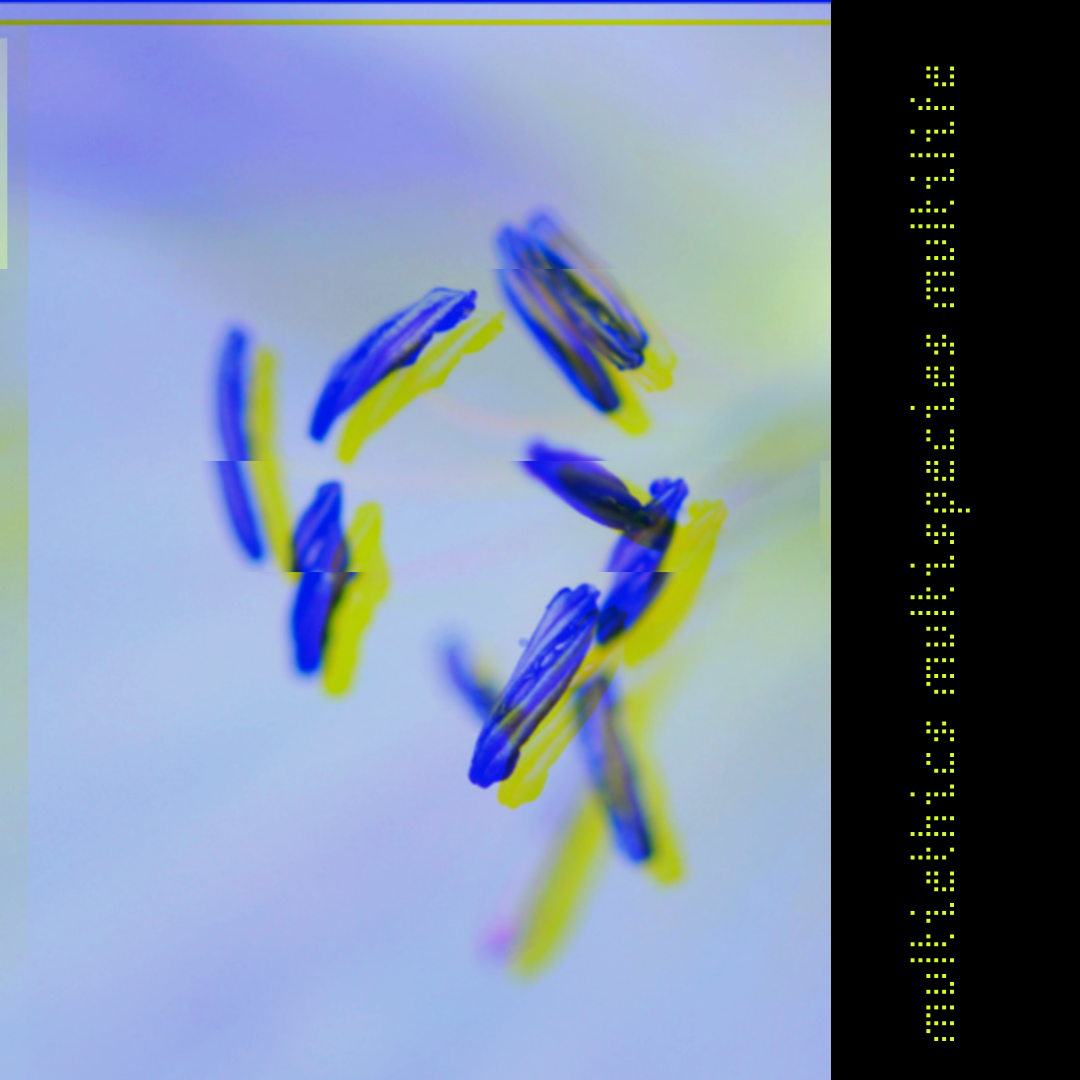
Adrie Kusserow
Artist Statement: Talking & Listening to Plants
I’ve always found poetic language bubbles up through my body when I am near what I love, especially flowers, ferns and trees. Even as a child, as I walked the woods and came across the pink-veined pouches of the lady’s slipper, a kind of verbal fever rose up, my brain wild with metaphor, swinging from branch to branch of simile, trying to match the flower’s both ephemeral and genital appearance, floating toad-balloons, half scrotum, half fairy. Walking the woods, I was a sound nymph, tickling the moss with alliteration, a Swedish masseuse rubbing the mushrooms with vowels. Even now, when my husband’s thousands of tulips bust out each spring, in their presence, my brain begins a frantic hunt, a ravenous pounce of possible metaphors and similes. I still think it is through the art of description that I can be closest to the flowers, trees, hills, fox, bear, mountains and clouds I grew up with in Vermont.
As a cultural anthropologist, I’m also fascinated with how English grammar shapes our sense of separation or identification with nature. As Robin Wall Kimmerer writes, we come from a noun-heavy culture. I’d rather be from a verb-heavy one that acknowledges the vital beingness of our natural world. We love to separate, atomize (this is a dog, this is an apple, chicken, pencil, cloud, sun). When we read about the Potawatomi language in class, I can tell the students are hungry to experience nouns as verbs—to be a hill, to be red, to be a bay. Just try to be aware, I say, of how our grammar corrals us into giving a subject for every verb, so we say, “It rains” or “The light flashes” when neither one can exist without the action itself. Nor do we even note mere gradations of animacy. Lawnmowers, malls, peaches, soccer balls, iPhones, and hummingbirds are all referred to as “it.” I tell them, our grammar makes it hard for us to understand Albert Einstein’s theory of relativity, but easy for us to get the linear logic of Isaac Newton’s chunky objects bumping against each other. Easy for us to know when we are late to class by one minute and thirty seconds, but hard for us to smell a plant from very far away. None of them have thought about the relationship between the grammar our European ancestors passed down and the climate change that looms before them. I want to give them hope. So I tell them, even though we are noun heavy, subject/verb dichotomous, we can still listen to the bubbling that rises inside us when we sense a plant’s animacy (even though our language calls it it). Our hunter-gatherer bodies are still designed to vibrate when close to another’s animacy, the frenetic hum and bubbling of the urge to describe a tulip, wild rose before the next text comes in. So perhaps for climate change we need to create space for giddy poetic language to rise up in an intoxicating effervescence. We need to foster more spaces where awe forms metaphors, the vowels broken open, burst forth, landing and relanding on what you are adoring, in some guttural, visceral way. It is the doggedness of the adjectives as they crowd your mind, our species determination to match the vibrant animacy of the plants of this world, that will make it harder to destroy them.
Adrie Kusserow is the author of three books of poetry – Refuge and Hunting Down the Monk (BOA Editions) and THE TRAUMA MANTRAS: A Memoir in Prose Poems (Duke University Press, 2024) – as well as an ethnography American Individualisms (Palgrave MacMillan). Her ethnographic poetry has also been featured in Crumpled Paper Boat: Experiments in Ethnographic Writing (Duke University Press); The Creative Ethnographer’s Notebook (Routledge); A Different Kind of Ethnography (U Toronto Press); and elsewhere. She is Chair of the Department of Sociology and Anthropology at St. Michael’s College in Colchester, Vermont.


